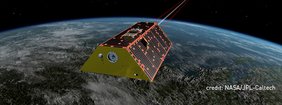- SpaceTech
- News
- News Details
- From Gravity to Water on Earth – with GRACE
From Gravity to Water on Earth – with GRACE
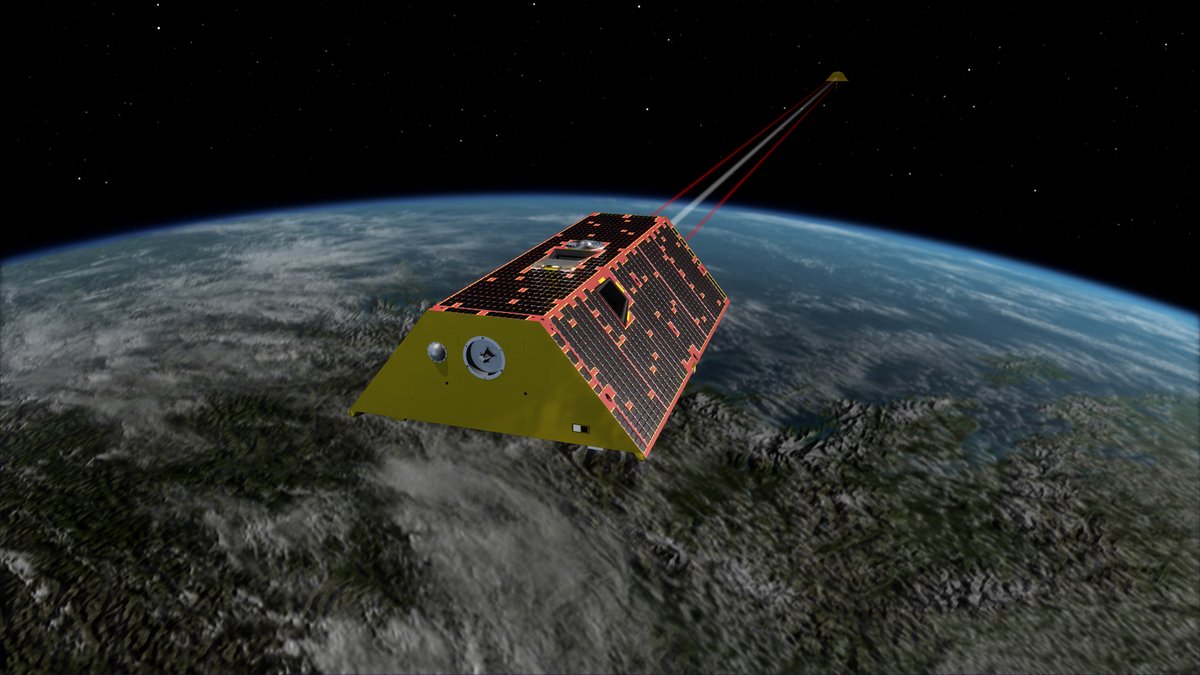
- German Space Agency at German Aerospace Center (DLR) contracts SpaceTech for instrument development and launcher procurement for German-American gravity field mission GRACE-Continuity (GRACE-C)
- GRACE provides key data on the Earth's water balance, for climate research, groundwater development and disaster management
- SpaceTech confirms its leading role in the field of satellite-based laser metrology
Water - a key global resource
Knowledge of the Earth's water balance is essential for our understanding of global climate development. Worldwide, groundwater levels and the ability to predict extreme events such as droughts and floods are critical pieces of information in a changing world.
The GRACE (Gravity Recovery And Climate Experiment) missions provide important data in this regard, every 30 days for the entire Earth. GRACE data - together with other measurements - allow the development of the groundwater level to be determined with an accuracy of 1 cm over an area with a diameter of 400 km. No other technology makes these measurements possible at such low cost on a global scale.
The data from the GRACE missions, which have been running since 2002, are today one of the bases for the reports of the Intergovernmental Panel on Climate Change (IPCC). More than 5600 scientific publications are based on measurement data from GRACE, an average of 5 per week, making GRACE one of the most important satellite mission programs for Earth science.
From gravity to water balance
The operating principle of the GRACE missions is based on two satellites flying at an altitude of 500 km, 220 km apart, one behind the other in the same orbit. The distance between the satellites depends on the mass distribution over which they fly.
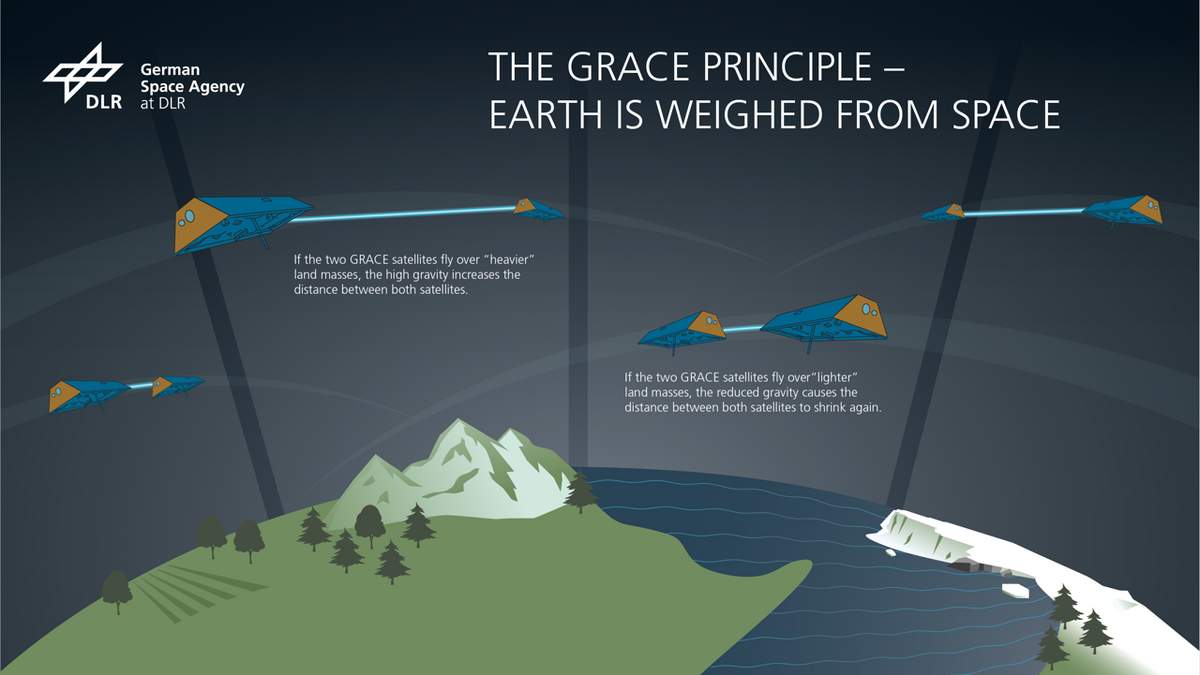
The Earth's mass distribution changes, particularly due to the movement of water across our planet. Measuring the change in the distance measurement therefore allows conclusions to be drawn about the movement of water and - in conjunction with other measurements - about the groundwater development of individual regions. For example, GRACE data shows that Germany has become steadily drier over the last 20 years, losing an average of 760 million tons of water per year. Thanks to GRACE, corresponding data is available worldwide.
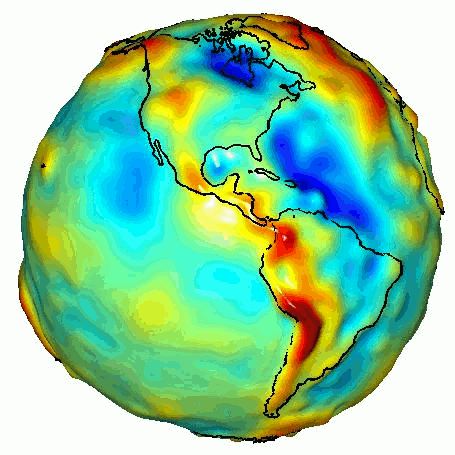
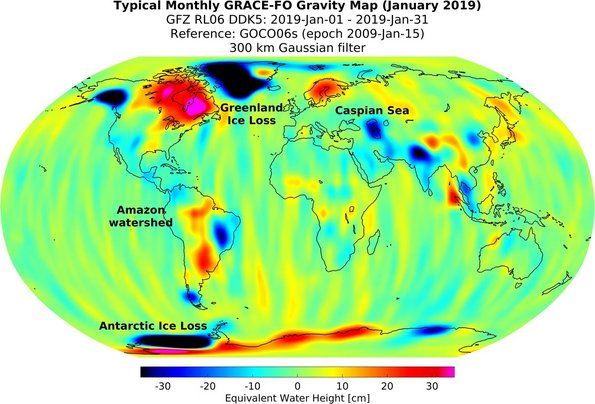
The flight over the Himalayan mountains may serve as an example, undoubtedly a large mass, which leads to a change in the distance between the satellites of around 40 µm. The distance measurement must therefore be highly accurate. A task not easily done.
From GRACE, via GRACE Follow-On to GRACE-C
On the GRACE mission launched in 2002 (2002-2017), the distance between the satellites was measured using a microwave ranging instrument with an accuracy in the micrometer range.
On GRACE Follow-On (in orbit since 2018) – in addition to the microwave ranging - a laser interferometer flew as a technology demonstrator, developed in collaboration between NASA Jet Propulsion Laboratory (JPL) and German Research Center For Geoscience (GFZ) in Potsdam, which commissioned SpaceTech to develop and build the German parts of the laser interferometer (Laser Ranging Interferometer – LRI) and to integrate the instrument. Other partners in the development on the German side were the Max Planck Institute for Gravitational Physics (Albert Einstein Institute – AEI) in Hanover, the DLR Institute for Quantum Technologies in Ulm and DLR Institute for Optical Sensor Systems in Berlin and Hensoldt in Oberkochen.
The LRI has clearly exceeded its requirements – of at least 3 months of operation and an accuracy of 300 nanometers. It has been in continuous operation for over 5 years and has achieved an accuracy of around 200 picometers – roughly equivalent to the distance between two atoms in a diamond!
GRACE-C will continue the measurement from approximately 2028 on. The laser distance meter will now be the main instrument of the mission. GRACE-C is once again being realized in German-American cooperation, as a collaboration between the German Space Agency at DLR and the US space agency NASA.
German Space Agency at DLR has commissioned SpaceTech with the development and construction of the German part of the laser interferometer – the optical bench, the retroreflector – and the integration of the entire instrument in cooperation with JPL, as well as the procurement of the launch rocket and the preparation of the satellite operation. We continue our partnerships with the AEI, the GFZ, the DLR Institute for Quantum Technology, the DLR Institute for Optical Sensor, Hensoldt and the German Space Operations Center (GSOC).
“For us at SpaceTech, this is another milestone in the field of laser and quantum optical payloads and confirms SpaceTech's development over the last few years into a recognized competence center for the most sophisticated satellite-based optical instruments for laser metrology, LIDAR systems and optical clocks.”, says Dr. Kai Voss, Head of Optical Payloads at SpaceTech
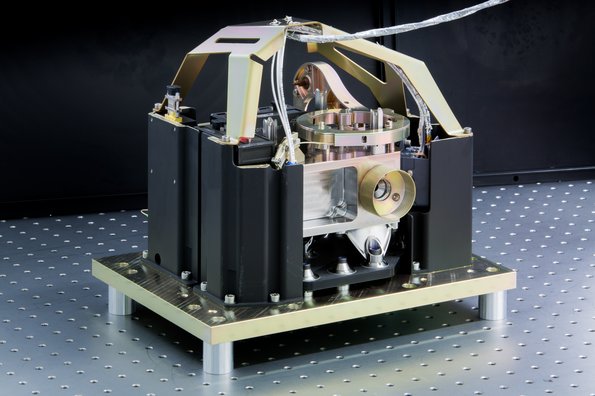
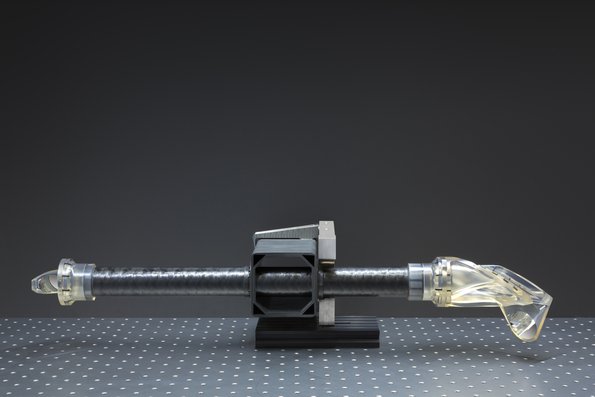
GRACE-C – a successful series of missions to observe Earth’s environment continues
GRACE-C is a joint mission of the US space agency NASA and the German Space Agency at the German Aerospace Center (Deutsches Zentrum für Luft- und Raumfahrt; DLR). The German contribution is being realised with funds from the Federal Ministry for Economic Affairs and Climate Action (Bundesministerium für Wirtschaft und Klimaschutz; BMWK) and the Federal Ministry of Education and Research (Bundesministerium für Bildung und Forschung; BMBF). This is supported by contributions from the Helmholtz Association (HGF) and the Max Planck Society (MPG) on the German side. The GeoForschungsZentrum Potsdam (GFZ) will be responsible for the scientific evaluation of the mission data and the Max Planck Institute for Gravitational Physics (Albert Einstein Institute) together with the company SpaceTech GmbH in Immenstaad for the construction of the laser system to measure the distance between the GRACE-C satellite pair. Like the previous GRACE and GRACE-FO missions, the GRACE-C ‘twins’ will be constructed by Airbus in Friedrichshafen on behalf of NASA. GRACE-C is scheduled for launch in 2028 on board a Falcon 9 rocket from the US company SpaceX.


